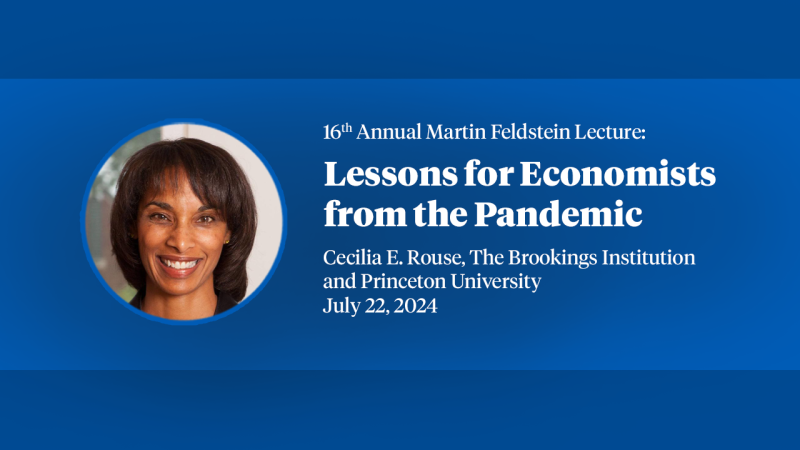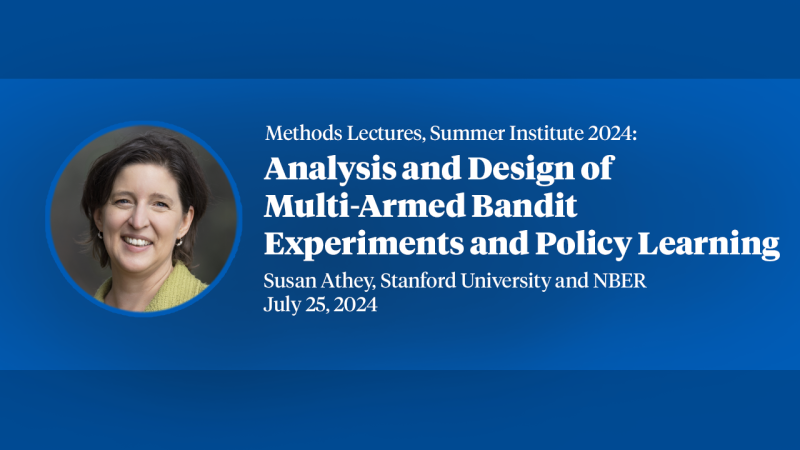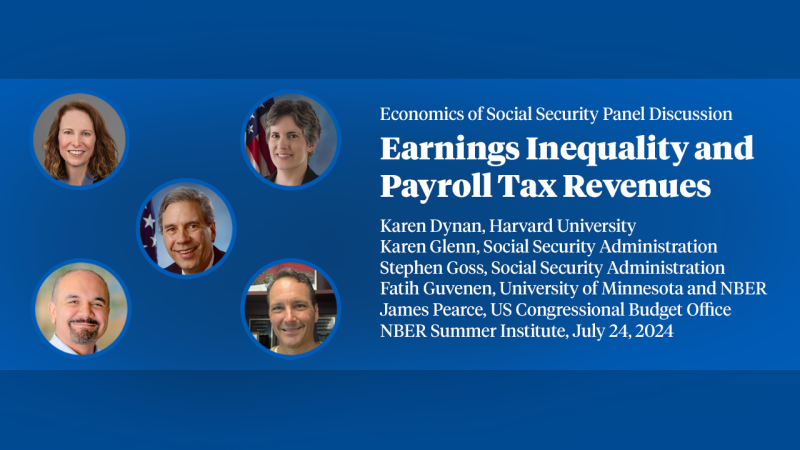Labor Market Polarization and Inequality: A Roy Model Perspective
We study the forces driving polarization and higher wage inequality since 1980 using a structural model of occupation choice in the tradition of Roy (1951). In our model, changes in relative occupational skill prices proxy for changes in relative demand for occupational labor services. Our analysis yields three main findings. First, although changes in skill prices have quantitatively important effects on employment shares and mean wages, they play essentially no role in accounting for the sharp rise in wage inequality. Second, changes in relative wages are driven by changes in higher order moments and do not reflect changes in relative demand. Third, changes in the variance of idiosyncratic within occupation productivity are the dominant factor behind the sharp rise in inequality.


